BakeTips
Clever and useful tips for your kitchen.
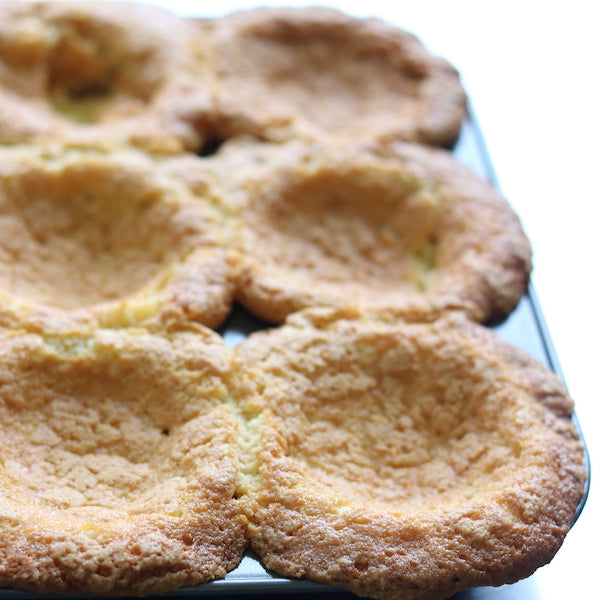
Too Much Sugar
In your baking, sugar plays many roles including helping cupcakes and cakes rise to their full potential by raising the coagulation temperature of the eggs in the batter and hence giving the mixture more time...
read more
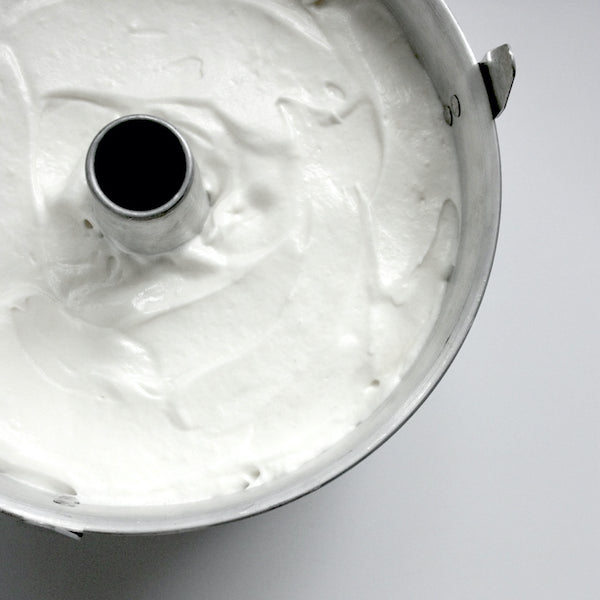
Using an Angel Food Cake Tin
The key to the classic light-as-air texture of an angel food or chiffon cake is to suspend the baked cake in an inverted tin until it cools completely so that the crumb texture doesn’t compress...
read more
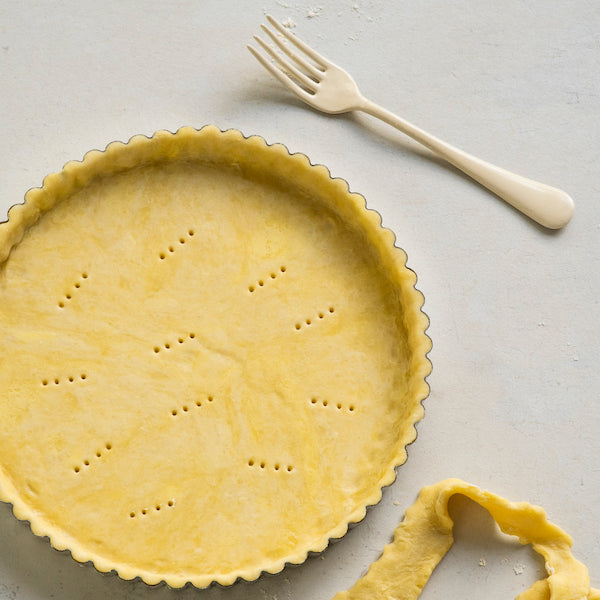
Prick Your Pastry Base
Before blind baking a pastry case, always prick the base with a fork (about 12 times for a standard size case) to help any trapped steam between the pastry and the tin or dish to...
read more
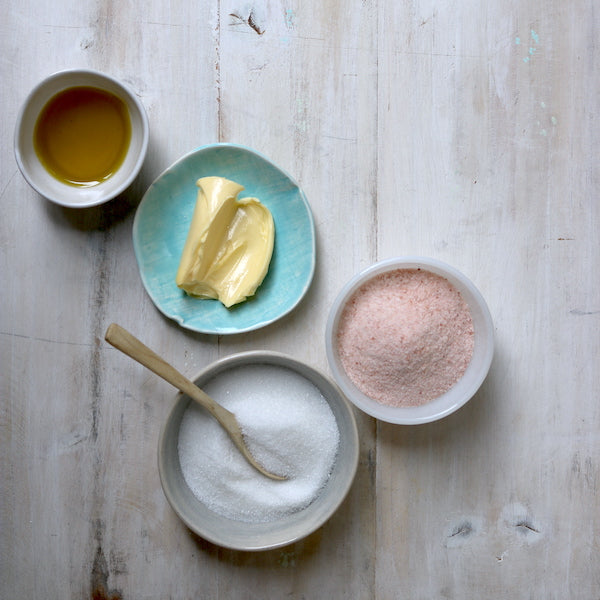
Homemade Hand Conditioner
Are your hands feeling a little tired and rough due to excessive hand washing? To make your own food-friendly all-in-one hand conditioner, simply combine butter or olive oil (coconut oil also works well) with a...
read more
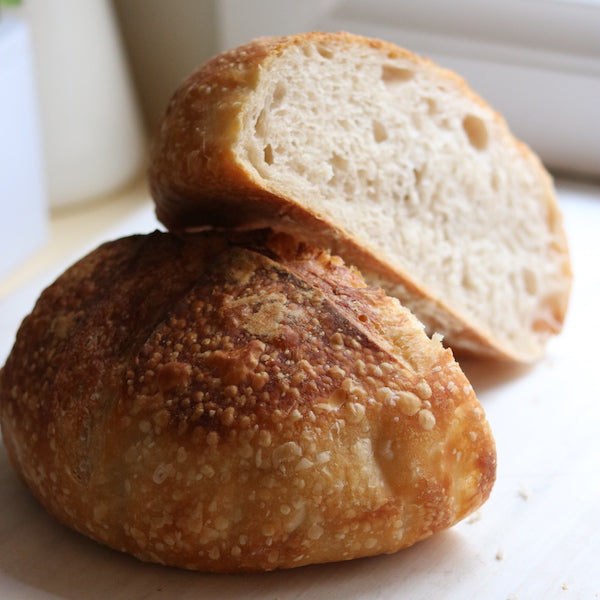
Creating a Crisp Bread Crust
There are many things that can affect how crisp a bread crust will turn out, but the most influential of them all is what is known as 'steamy heat'. Steamy heat is created by adding...
read more
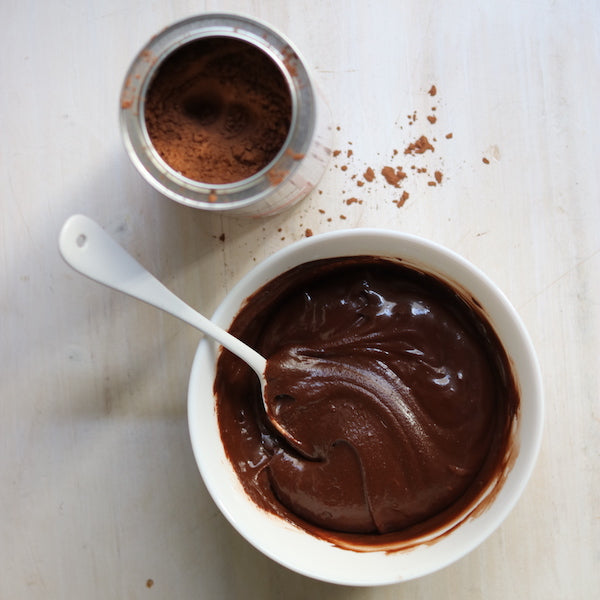
Cocoa Powder in Icings
Have you ever noticed that a chocolate icing (either glace or buttercream) made with cocoa powder sometimes needs a different amount of liquid to reach the same consistency as last time you made it? It...
read more
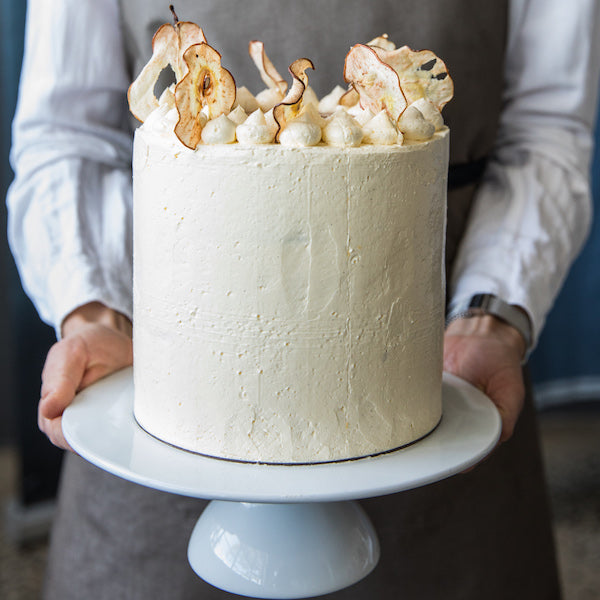
Oven-dried Pear Slices
Wafer-thin dried pear slices make a gorgeous edible decoration for cakes and desserts (they are also great to add to your muesli) and now is the time to make them while pears are in season....
read more
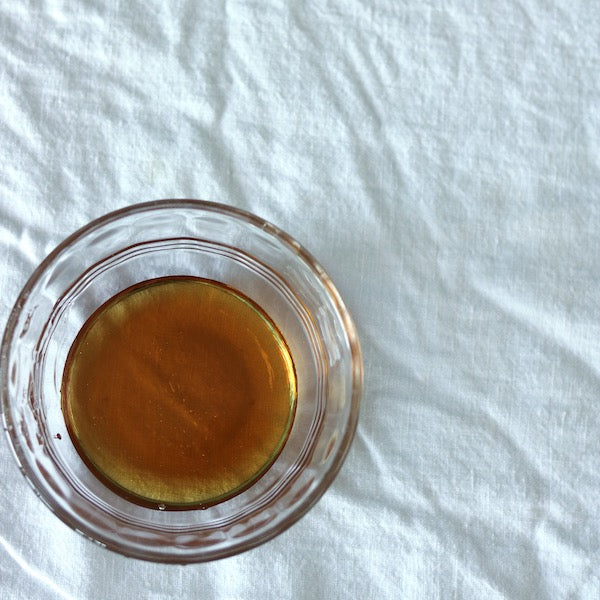
Rice Malt Syrup
Even though rice malt syrup (also known as rice syrup or brown rice syrup) has been the long-time traditional sweetener used in China and Japan, it has found wide popularity more recently becoming the trendy...
read more
Piping Eclairs
When piping choux pastry into eclairs, using a French star nozzle (as pictured here) will reduce the amount of cracking in the pastry as well as help to retain a neater, more consistent eclair shape...
read more

Coat Your Soufflé Dishes
When making soufflés, prepare your dishes by first brushing them with butter and then coat them with a dry ingredient such as caster sugar, polenta (cornmeal), dried breadcrumbs or cocoa powder (depending on the flavour...
read more
Baking Individual Cakes
When baking individual cakes, it’s a great idea to place them all on an oven tray rather than straight onto the oven rack. They will be so much easier to turn around and access during...
read more
Colouring Buttercream
Buttercream naturally has a yellow hue to it and will affect the final colour when tinting. Adding a very small amount of violet gel colour to the buttercream – a swipe of a toothpick dipped...
read more
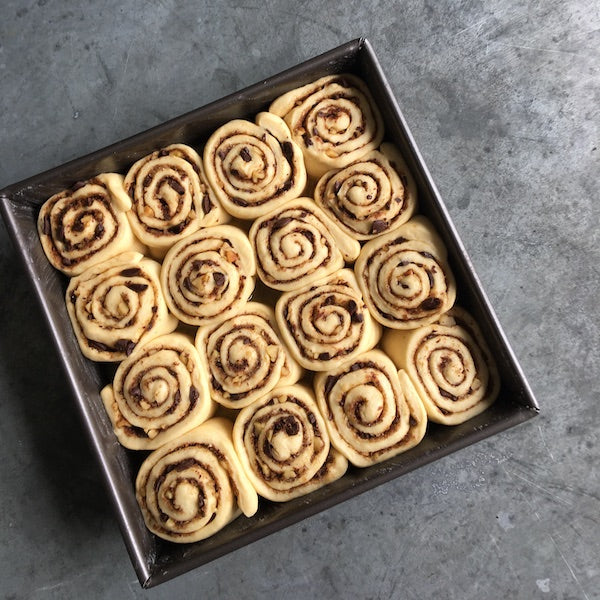
Cinnamon Scrolls
When placing your cinnamon scrolls in the tin make sure that all the neat, cut sides are facing downwards and the untidy ends are pointing upwards (unlike as shown here where the untidy ends are hidden underneath and had to be turned upside down before baking!).
read more
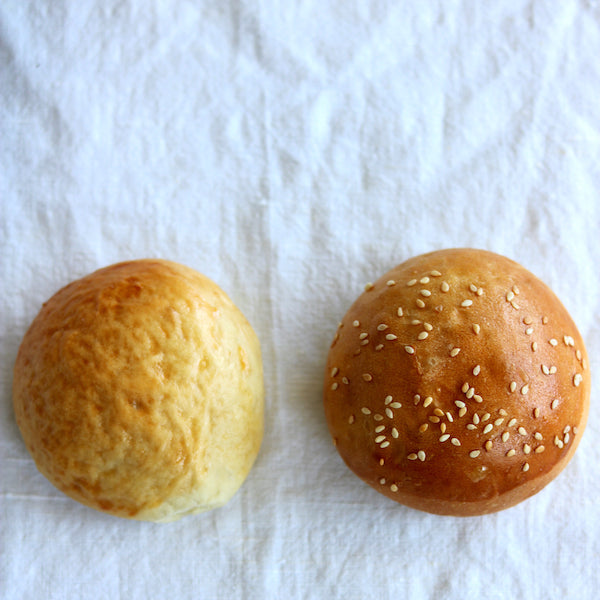
Over-proved Bread Dough
When proving a bread dough for the final time once it has been shaped, and just before it is baked, it is important not to prove it for too long as it can have a noticeable effect on not only the texture, but also the size, colour, flavour and aroma of your final bread.
read more
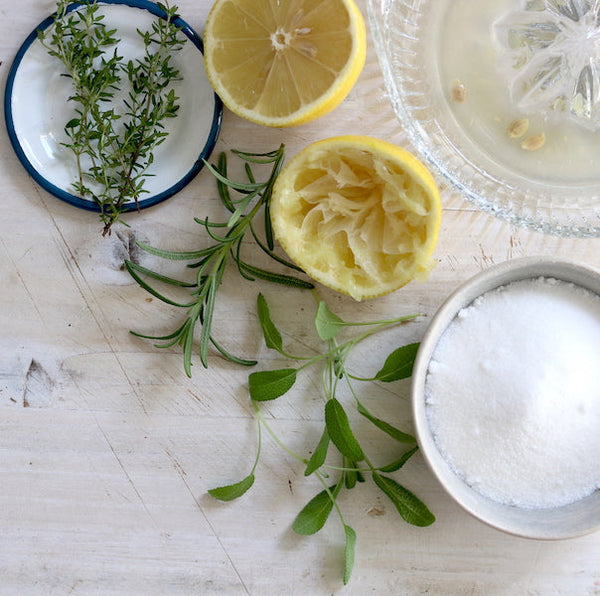
Herb-Infused Syrups for Cakes
Syrups are a great way to not only keep your cakes lovely and moist but also to introduce extra flavour. I love infusing herbs in my cake syrups and rosemary, thyme and sage work particularly well.
read more
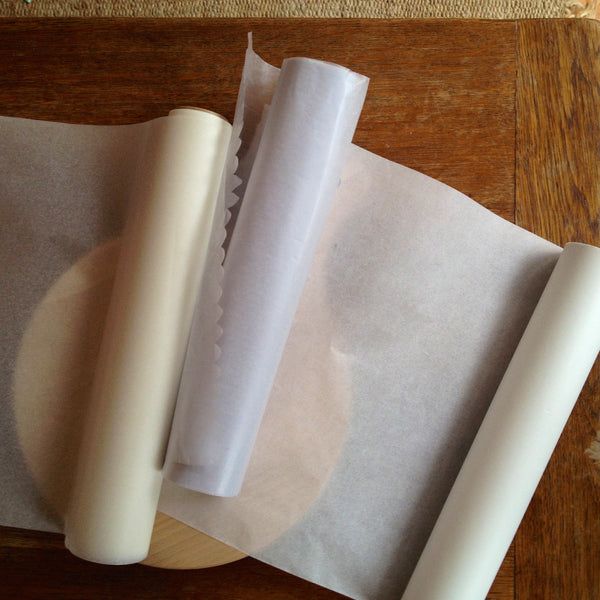
Baking Paper vs Greaseproof Paper
‘Non-stick baking’ paper is not the same as ‘greaseproof’ paper and it’s good to know the differences so you can choose the best one for the type of baking you are doing.
read more
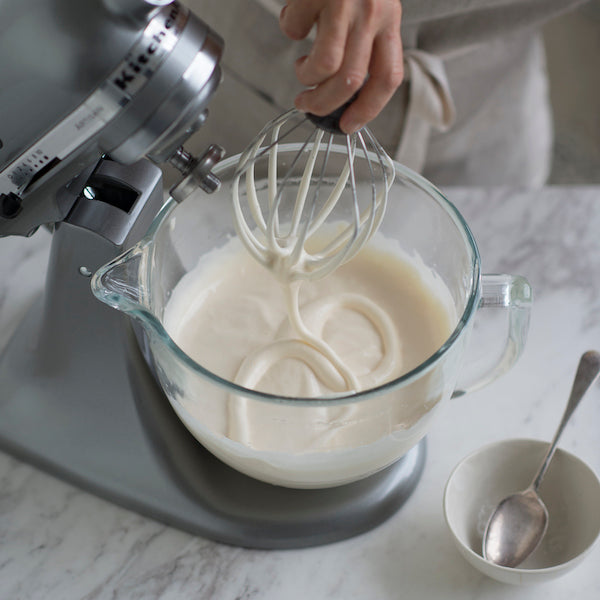
A ‘Ribbon Trail’
Some recipes, like those for sponge cakes, ask you to whisk the egg and sugar mixture until it forms a ‘ribbon trail’.
read more

Rounded Tops
When dipping profiteroles or choux puffs in toffee (when making desserts like a Gateau St Honore) they often end up with flat tops due to being turned toffee-side-down on baking paper for it to set.
read more






